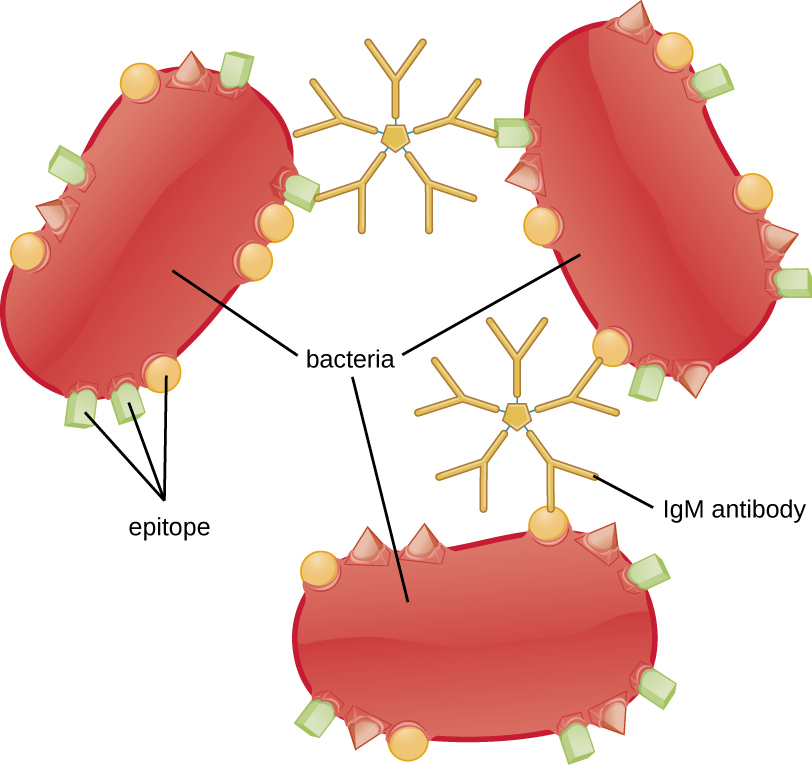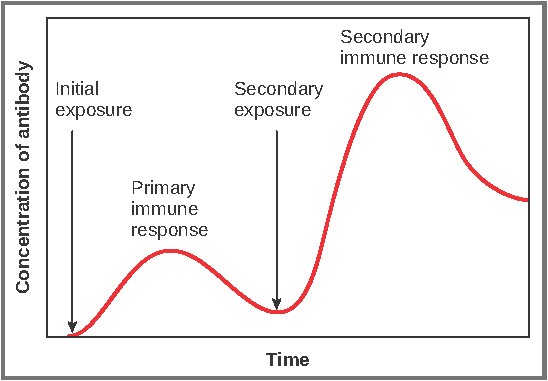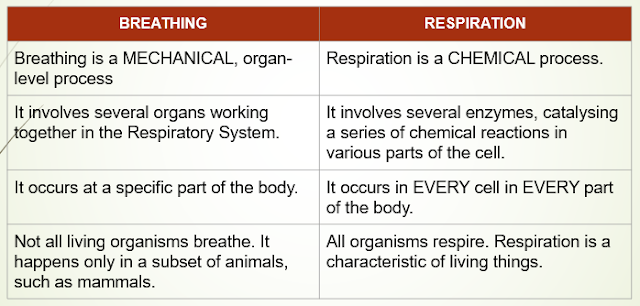BODY'S DEFENSE AGAINST DISEASE [CSEC BIOLOGY & HSB)
SYLLABUS REFERENCE
CSEC HSB
- [D20] explain the types of immunity;
- [D21] distinguish between immunity and immunisation; vaccine and vaccination.
- [B4.5] describe the role of blood in defending the body against disease;
- [B4.6] explain how the principles of immunization are used in the control of communicable diseases.
"The animal body offers a ready source of nutrients, a protected setting for growth and reproduction, and a means of transport to new environments. From the perspective of a cold or flu virus, we are wonderful hosts."
Fortunately, adaptations have evolved that protect animals against many invaders.
In mammals, like human beings, the immune system consists of dedicated immune cells in the body fluids and tissues. There, they specifically interact with and destroy pathogens.
THE INNATE IMMUNE SYSTEM
The First Line of Defense.
This system shows the same level of response whether the pathogen was encountered previously, or not.
Barrier
- The skin provides a covering for the body and prevents entry of bacteria.
- Blood clotting seals wounds to prevent infections through the skin.
- Mucous membranes (such as in the alimentary canal) secrete mucus, which acts as a barrier.
Blood Clotting
Skin cannot prevent the entry of pathogens if it is damaged. A blood clot prevents the entry of bacteria / pathogens, as well as stopping blood loss.
Clotting occurs in stages:
[1] The platelets and the damaged blood vessels release an enzyme called thromboplastin aka thrombokinase.
[2] The thrombokinase acts on a blood protein called prothrombin and turns it into thrombin. Calcium ions are needed for this process to take place.
Prothrombin is made in the liver.
Vitamin K, obtained from the diet, is required to synthesize it.
[3] Thrombin acts on another soluble protein in the blood called fibrinogen and converts to insoluble fibrin.
[4] The fibrin forms fibres.
[5] Red blood cells and platelets become trapped in the mesh of fibres, forming the clot.
[6] The surface of the clot dries out to form a scab, which prevents further blood loss and the entry of bacteria.
Secretions
- Sebum & tears from glands in the skin are slightly antiseptic.
- Mucus in the respiratory tract traps bacteria & other particles. Cilia from ciliated epithelial tissues sweep them out.
- Hydrochloric acid in gastric juice kills bacteria.
Active Agents
- The liver detoxifies several substances such as alcohol & other poisons.
- Phagocytes destroy bacteria.
- They do so via a process called phagocytosis. Finger-like projections push out of the cell body towards the bacteria. They enclose around the bacteria, forming a vacuole into which digestive enzymes are secreted. These enzymes digest, and thus destroy, the bacteria.
- They can leave the blood capillaries, enter the tissue and destroy bacteria located there.
 |
| A Phagoctye Chasing & Engulfing a Bacterium |
THE ADAPTIVE IMMUNE SYSTEM
aka Acquired Immune Response
If a pathogen breaches barrier defenses & enters the body, the problem now becomes detecting self from non-self.
A properly functioning immune system distinguishes non-self from self. This is accomplished via molecular recognition.
This same molecular recognition becomes the basis for adaptive immunity, which is exclusive to vertebrates.
Acquired Immune Response
It is activated after the innate immune response & develops more slowly.
'Acquired' reflect the fact that this immune response is enhanced by previous exposure to the infecting pathogen.
Examples include:
- the synthesis of proteins that inactivate a bacterial toxin
- the targeted killing of a virus-infected body cell.
Lymphocytes
- These are the types of white blood cells that are activated once pathogens are detected.
- They respond by creating antibodies, which are complementary to the pathogen's antigens. Antigens are large proteins found on the surface of pathogens.
- The antibodies bind to their specific antigens, like the lock-and-key mechanism found in enzymes. For example, influenza is caused by various strains of virus, each having different antigens on their surface. Therefore, antibodies against one strain will not bind to another strain.
Antibodies
- Antibodies against toxins --> anti-toxins
- Antibodies against venom --> anti-venom
- They attach to antigens on the surface of bacteria, to form antibody-antigen complexes. This causes individual pathogens to clump together. The phagocytes can now more easily engulf & destroy them.
- They can inactivate the viruses by binding to their surface proteins
- They can cause lysis (bursting) of bacteria or virus.
 |
| Antibodies Binding to More Than One Bacteria, Causing Them to Clump |
THE IMMUNE RESPONSE
Primary & Secondary
The primary response occurs when the immune system encounters a pathogen for the first time.
The secondary response occurs if the body encounters the pathogen again.
 |
| Graph Showing Primary and Secondary Response |
VACCINATION
It takes advantage of the primary and secondary immune response.
It triggers the primary immune response, by exposing the patient to the pathogen in a form that produces little to no symptoms of the disease.
- Part of the pathogen which includes the antigen. Such as the protein coat of the virus.
- Dead or otherwise inactivated pathogen.
- Related strains of the pathogen that do not cause the disease
- Isolated antigen prepared via genetic engineering techniques.
TYPES OF IMMUNITY
Natural Immunity
- This is obtained via natural pathways.
- Produced in response to infection, under normal circumstances.
Artificial Immunity
- Immunity develops in response to a vaccine.
- Antibodies are obtained via artificial pathways.







